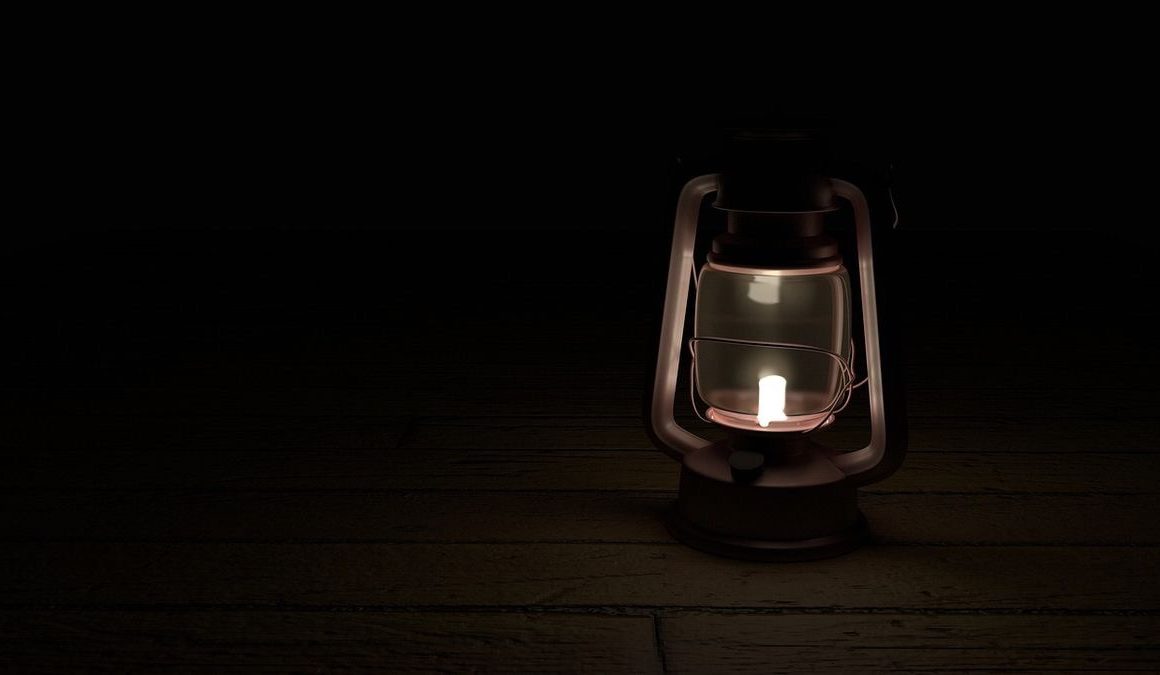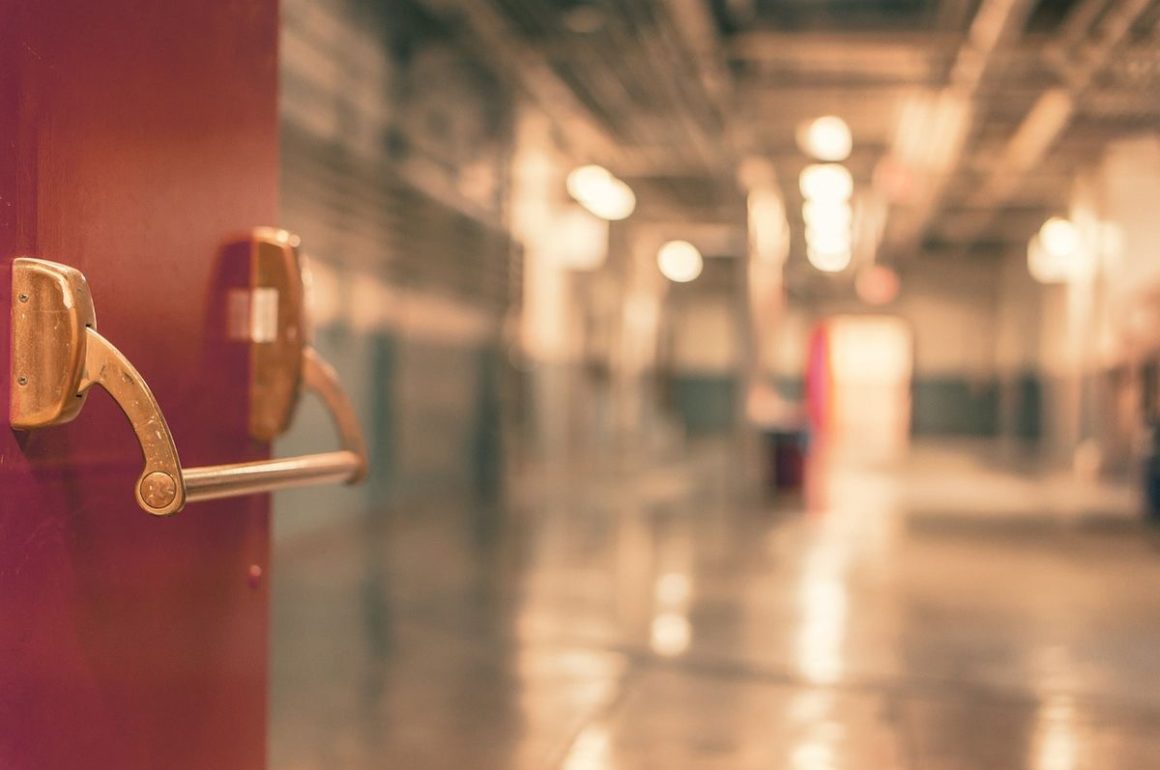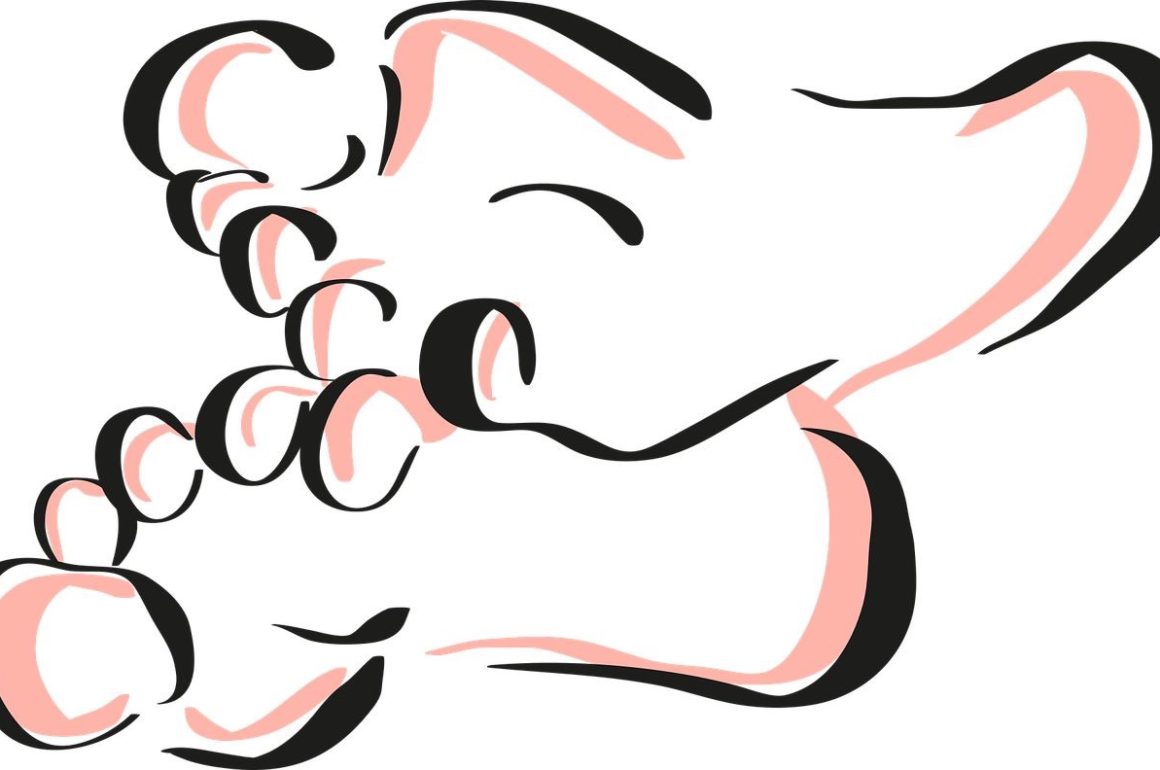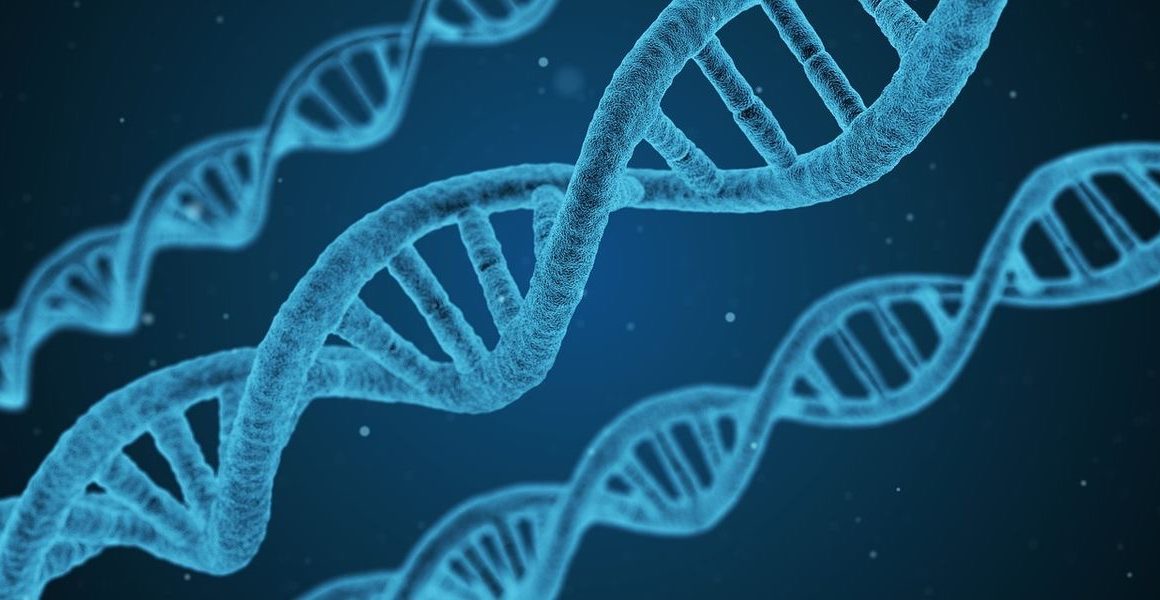What if? Isn’t that the question many of us ask throughout lives? What if I had gone the other way at the fork? What if I had been luckier or reacted differently? What if events hadn’t turned out as they had?
Isn’t ‘what if’ a dangerous question? And yet, haven’t I asked it many times in twenty-three years?
What if Gabriella was born normal?
What if her disability was less severe? What if she needed fewer surgeries? Fewer hospitalizations? What if she didn’t have gastric reflux that brings her nausea and vomiting? Or epilepsy, causing seizures and requiring a mix of medicines that risk indecipherable side-effects?
But haven’t we sat in the ICU, noticing parents of kids on ventilators or dialysis machines, thankful that our daughter’s plight is not worse? Don’t we know others who suffer from drop seizures that threaten physical harm every time, or need more intense equipment? Why would I tempt fate?
What about narrowing my inquiry?
What if our daughter could speak in words? If she could tell us it’s her head that hurts, or her stomach? What is she aching to say? Then again, what could she express more beautifully than with a click or a whoo-ee?
What if she could walk? Would she love to run a marathon or dance the tarantella or climb a mountain? Would any of those experiences bring her more joy than riding the dunes in her beach wheelchair?
What if ‘what if’ is a selfish question? Would Gabriella want to be different than she is, or is this really about me and us (her parents and family and friends)? Is my real plea that we be spared all the hand-wringing, the backaches, the monotonous routines day after day, week after week, year after year?
And what about all we’ve learned from her? What if she hadn’t taught us to love more deeply than we ever knew? To devote ourselves to another person and to become attuned for another’s needs? What if she hadn’t shaped the way her brother sees the world?
What if she hadn’t helped me put life into perspective? What if my priorities were not based on a life shaped around her? Would I have been a different person, with other values, focused on things that seem less important to me now? If not for her, what would I write about?
What about all the great friends we’ve made, the colleagues the company I chose for the work-life balance it offered in the 1990s, the neighbors in the town we moved to for its reputation for working with families like ours, the community at the school we fought to get our daughter into?
How would my soul replace the blessings it’s gotten from a child’s unexpected gift or an adult’s act of kindness? From the wonders religious and spiritual, planned and unplanned?
What, indeed, if Gabriella was born normal?
And what is ‘normal’? Don’t so many children face challenges, from anxiety to food allergies to learning disabilities? Would I prefer she had one of those? What about the kids stricken with cancer and other life-threatening illnesses?
Am I simply wishing my child was perfect? Or am I just not acknowledging that she already is?









